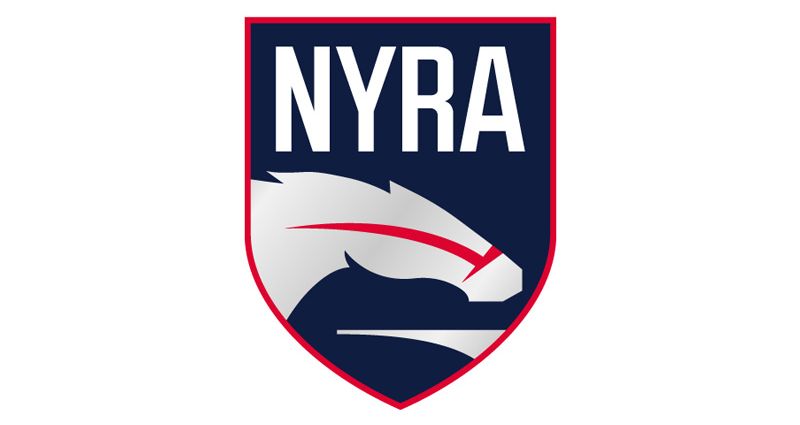
NYS Gaming Commission, NYRA & NYTHA Implement Additional Equine Health & Safety Measures at Saratoga Race Course
by NYRA Press Office
In addition to the existing industry-leading equine health and safety policies and procedures already in place at New York State racetracks, the New York State Gaming Commission, The New York Racing Association, Inc. (NYRA) and the New York Thoroughbred Horsemen's Association (NYTHA) are implementing additional actions immediately at Saratoga Race Course, including increased regulatory veterinary presence at the track during training hours, state-of-the-art monitoring of horses and comprehensive trainer education intended to share scientific findings of research into the types of injuries that occur at New York Thoroughbred racetracks and risk and protective factors that can help to prevent injury.
"Our goal is to reduce the number of racehorse deaths and injuries to zero, and we have taken many productive steps toward reaching that goal over the past four years," said New York State Equine Medical Director Scott E. Palmer, VMD. "However, our work is never done and there will always be challenges that require reexamination and recalibration to effectively protect horses and their riders. The Commission, as it does with every equine fatality on the grounds of a track in New York State, is actively investigating the circumstances of each incident at Saratoga Race Course. This also includes close scrutiny of the track surfaces, exercise history and past performances, individual horse risk factors, and more. NYRA and NYTHA are important partners in this effort. Pending the findings of this investigation, we will do whatever is necessary to prevent such injuries in the future. In the meantime, there are several proactive steps we can implement to make the sport safer for all involved.""There is no issue more important to NYRA than the safety of our equine and human athletes," said NYRA Safety Steward Hugh Gallagher. "That is why NYRA has implemented extensive reforms and made significant investments since 2013 to improve track surface conditions, upgrade equipment, provide vets with more authority to monitor thoroughbred health, establish committees to oversee safety measures, and actively seek out advice and guidance from independent experts and scientists. As a result of these reforms, the number of catastrophic injuries during races occurring on NYRA tracks has been reduced by nearly 50 percent since 2013. We remain focused on continuously improving the safety of our racing operations. To that end, we are exploring the possibility of opening the main track for training to horsemen earlier in the year."
"Where safety is concerned, we need to examine every possibility, including a mandate to open all racing surfaces earlier than we have in the past before the start of the race meet," said Rick Violette Jr., president of the NYTHA. "We are all for insisting that everyone involved in New York racing, from the trainers and the owners to the attending and regulatory veterinarians to racetrack management to the state regulators, be held to the highest standards. We all have to do our jobs to the best of our abilities. The litany of programs and initiatives and safety measures are only impressive when they work."
From a statewide regulatory and veterinary affairs perspective, other states look to New York for guidance in shaping their own regulatory and best-practice methods to ensure horse welfare. The Commission applies a quality control approach and continues to identify risk factors, circumstances and trends that may contribute to incidents. Additionally, the Commission requires the industry's participants to be educated on best practices and guidelines to reduce and/or eliminate such risk factors.
New York State - via the Commission, NYRA, horsepersons and state-licensed racetracks - already employs among the strictest and most comprehensive safeguards in the horseracing industry. These include increased veterinary scrutiny of all horses, complete veterinary autonomy from the racing offices, the strictest equine medication rules in North America, and other measures to ensure the safety and welfare of race horses. The 2012 New York Task Force on Racehorse Health & Safety, chaired by Dr. Palmer, established a blue print for all other jurisdictions to follow. New York has implemented all of the recommendations of the Task Force and has continued to adopt new measures as the industry evolves.
New Measures to Augment Industry-Leading Standards
Beyond Saratoga Race Course, as applicable, the below measures are being put into effect at all NYRA tracks and Finger Lakes Race Track.
Additional Commission Veterinarians On-Hand for Training: The Commission has stationed an additional regulatory veterinarian on the grounds of Saratoga Race Course during training hours. This doubling of efforts by the Commission ensures that a veterinary presence exists to view horses during busy training hours and confirm that any incidents are appropriately documented and managed.
State-of-the-Art Monitoring of Horses: Regulatory veterinarians are using reports provided by The Jockey Club's InCompass Solutions software to examine horses considered to be at an increased risk for injury. A similar process has been implemented at Del Mar to identify horses that may be at risk. The reports will include horses stabled at Saratoga Race Course and/or Belmont Park that may be vulnerable to injury based upon extensive research findings.
"Equine safety has been and will always be a top priority for The Jockey Club and we are pleased that the New York Gaming Commission and the New York Racing Association are using our Equine Injury Database and our InCompass racing office software," said James L. Gagliano, president and chief operating officer of The Jockey Club.
Comprehensive Owner, Trainer and Veterinary Education: New York State is one of only a few jurisdictions in North America to require Thoroughbred trainers to obtain continuing education as a requirement for licensure. NYTHA, which fully supports this measure, has been an integral partner in this effort. These programs are regularly presented at New York State racetracks throughout the year. The Commission's rule requires that all Thoroughbred trainers, including assistant and private trainers, obtain continuing education of at least four hours each year in equine health, welfare and safety as well as small business, ethical and human resource topics.
The next continuing education session is scheduled for Tuesday, August 22 at Saratoga Race Course, where Equine Medical Director Scott E. Palmer, VMD along with two additional faculty members from Cornell University's College of Veterinary Medicine, will cover:
* Findings of the New York State Thoroughbred Post-Mortem Examination Program
* Risk and Protective Factors - How Can We Use Them to Prevent Injury?
* Fetlock CT To Assess Proximal Sesamoid Bone Fracture Risk (with Dr. Heidi Reesnick & Dr. Erin Cresswell from Cornell University)
The presentation will be recorded and made available to the public after the event.
NYRA's Safety Procedures and Protocols: All parties continue to monitor the condition of the Saratoga turf and dirt surfaces. NYRA has consistently shown a commitment to implement science-driven best practices to maintain safe surfaces for its equine and human athletes. To meet this goal, NYRA has made significant capital investments to better monitor and maintain track surface conditions.
At all three NYRA racetracks - Saratoga Race Course, Belmont Park and Aqueduct Racetrack - NYRA conducts extensive and continuous testing of our racing and training surfaces before, during and after each race meet. Along with Michael "Mick" Peterson, Ph.D. from the Racing Surfaces Testing Laboratory and Director of Ag Equine Programs at the University of Kentucky, NYRA has been a pioneer in creating a Maintenance Quality System (MQS), which utilizes both daily measurements and enhanced techniques to manage racing surfaces with a goal of creating consistency between all NYRA tracks.
Before any meet, Dr. Peterson performs enhanced testing and analysis of the racing surfaces. Those tests include the use of ground penetrating radar that looks at cushion depth, moisture, and composition of racing surfaces, immediately identifying any variations outside pre-determined criteria. His team also performs physical samples of the soil using triaxial sheer testing to maintain target clay, silt and sand ratios on the main track. Additionally, Dr. Peterson inspects the overall performance and consistency using the Biomechanical Surface Tester, which replicates loads and speed of a thoroughbred's leading forelimb at gallop. This test looks closely at vertical and horizontal load on the hoof during impact with the surface.
Dr. Peterson's comprehensive review of the racing surface at Saratoga includes:
* Laboratory testing of the track material
* Inspection of the base and cushion using ground-penetrating radar
* Inspection of the overall performance and consistency of the surface using the Biomechanical Surface Tester
At Saratoga Race Course, Dr. Peterson conducted these tests before the start of the meet, and again between August 9 and August 11. All measurements, before the meet and during that three-day period, met pre-determined criteria for consistency. Furthermore, his analysis revealed that within the pre-determined criteria for variation, many measurements showed a reducing level of variation, indicating an increase of consistency, which is the key factor in providing a safe racing surface.
As part of its effort to provide the safest possible racing surface, NYRA utilizes daily measurements of the racing surface, keeps meticulous logs of maintenance work, and monitors and records weather conditions. Before and after each day of racing, NYRA conducts tests of cushion depth, moisture, and surface content to ensure the readings are within pre-determined criteria established by the MQS. All maintenance of the track, including watering, harrowing, grading, and other measures are logged and compared with surface measurements and weather reports to provide comprehensive analysis.
All data collected is shared with Dr. Peterson in real time, allowing his team to constantly provide analysis and feedback.
NYRA performs daily measurements as part of a collaborative, ongoing monitoring of the surface, including:
* Measurement and evaluation of racetrack depth
* Measurement and evaluation of racetrack composition
* Measurement and evaluation of racetrack moisture content
* Analysis and record keeping of all racetrack maintenance work
* Analysis and record keeping of weather events
Through this commitment to track safety and the MQS, NYRA has earned and maintained accreditation for all three racetracks by the National Thoroughbred Racing Association (NTRA) Safety & Integrity Alliance, which, under the direction of Glen Kozak, NYRA's vice-president of racing surfaces and facilities, have earned "best practice" ratings in virtually every primary area examined by the Alliance.
NYRA Ongoing Actions: Since 2013, NYRA has collectively implemented extensive reforms to improve the safety of racing operations. NYRA has worked with the State with the same commitment to equine safety. NYRA's catastrophic injury rate, which in 2012 was above the industry average as reported by the Jockey Club, has dropped below and remains below the industry average.
NYRA Catastrophic Injury Rate vs Jockey Club National Average
2012
* NYRA: 2.2
* National average: 1.92
2013
* NYRA: 1.29
* National average: 1.90
2014
* NYRA: 1.83
* National average: 1.89
2015
* NYRA: 1.09
* National average: 1.62
2016
* NYRA: 1.14
* National average: 1.54
This consistency and improvement is attributable to the following policies and procedures implemented by NYRA to enhance the safety of its racing operations:
* Created a committee of the Board of Directors that specifically addresses issues of equine safety.
* Created the position of Safety Steward, one of the first in the North American Thoroughbred industry, and thereafter employed a nationally recognized expert, Dr. Mick Peterson, executive director of the Racing Surfaces Testing Laboratory, to enhance equine safety.
* Created a Horse Watch Detail, which received additional training and has developed expertise in how to properly recognize and monitor the kinds of medications given to horses. NYRA now has better ways to monitor various activities of third parties in the barns and the backstretch.
* Supported the Commission's efforts to adopt the model rules regarding penalties for multiple offenders.
* Gave NYRA attending veterinarians full and independent authority to scratch a horse at any time for any reason.
* Created an independent veterinary structure within the New York Racing Association.
All three NYRA tracks have undergone significant capital improvements designed to improve the health and safety of our human and equine athletes. Since 2013, NYRA has invested $56 million on a wide variety of projects that have resulted in safer racetracks and backstretch facilities.
Ongoing NYS Actions: Further reforms enacted since 2013 include:
* Requiring trainers to maintain records of corticosteroid administrations.
* Improving documentation of fatal injuries
* Setting up standard protocols for postmortems on horses suffering those injuries
* Convening regular meetings of the Equine Safety Review Board, a group which reviews the data associated with any race day equine catastrophic injury
No Apprentice Jockeys in Steeplechase Races: The National Steeplechase Association recently mandated that apprentice jockeys are no longer permitted to ride in steeplechase races at Saratoga and Belmont.
Amendment to Commission Claiming Rule 4038.5: Commission staff will seek an amendment to the Thoroughbred rule requiring all claimed horses report to the test barn following the race for examination by the Commission's veterinarian. The amendment sought will require that any horse determined to have an AAEP Grade 2 or greater lameness, or to have bled from one or both nostrils, would be placed on the Vets List. The claim would be voidable at the discretion of the claimant.
Sound Retirement/Responsible Aftercare: The Commission, NYRA and NYTHA, along with owners, trainers and veterinarians continue to collaborate on a showcase horse retirement model for the entire country. These programs and others like them have found second careers and homes for thousands of racehorses over the past 10 years. NYTHA's TAKE2 program sponsors 350 horse shows each year to highlight the retired Thoroughbred racehorse. NYTHA's TAKE THE LEAD program facilitates and subsidizes the retirement of any Thoroughbred racing or stabled at a NYRA track. The Commission endorses the work of these agencies and the Thoroughbred Aftercare Alliance (TAA), which funds and accredits aftercare and retirement facilities across the country.
On Tuesday, August 29 at 12:30 p.m.


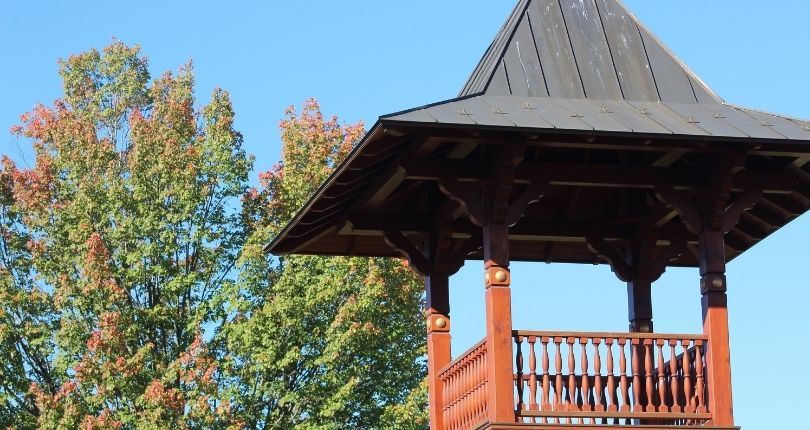
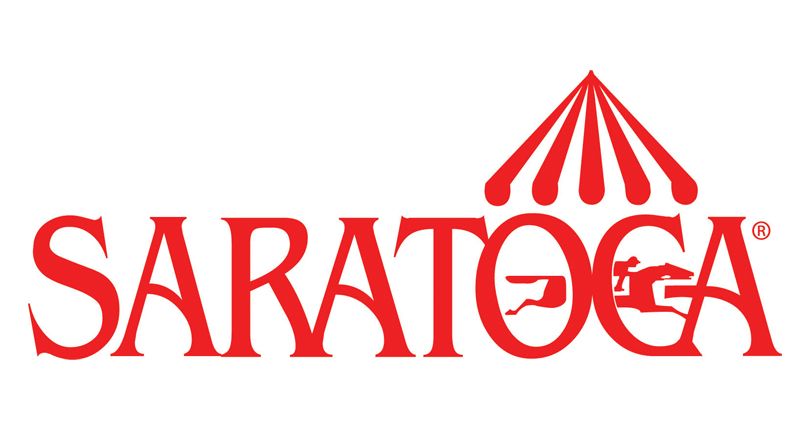
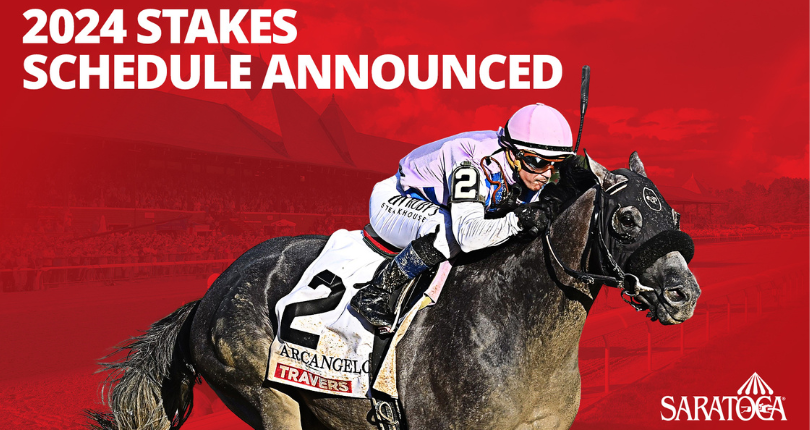
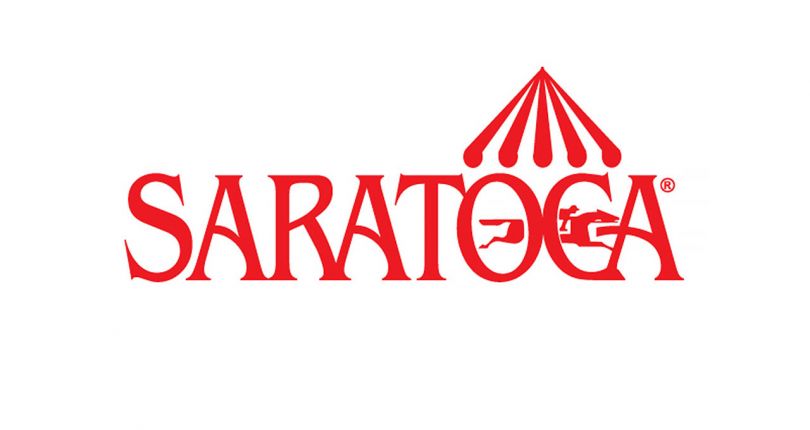
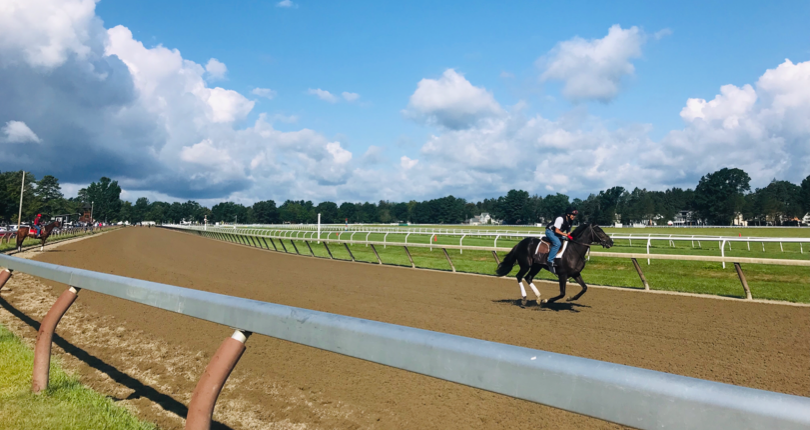

 Gambling Problems? The New York Racing Association encourages responsible wagering. If gambling is a problem for you or someone you care about, help is available 24 hours a day. Scan here to talk with someone now about your gambling. Or call toll-free 1-877-8-HOPE-NY.
Gambling Problems? The New York Racing Association encourages responsible wagering. If gambling is a problem for you or someone you care about, help is available 24 hours a day. Scan here to talk with someone now about your gambling. Or call toll-free 1-877-8-HOPE-NY.